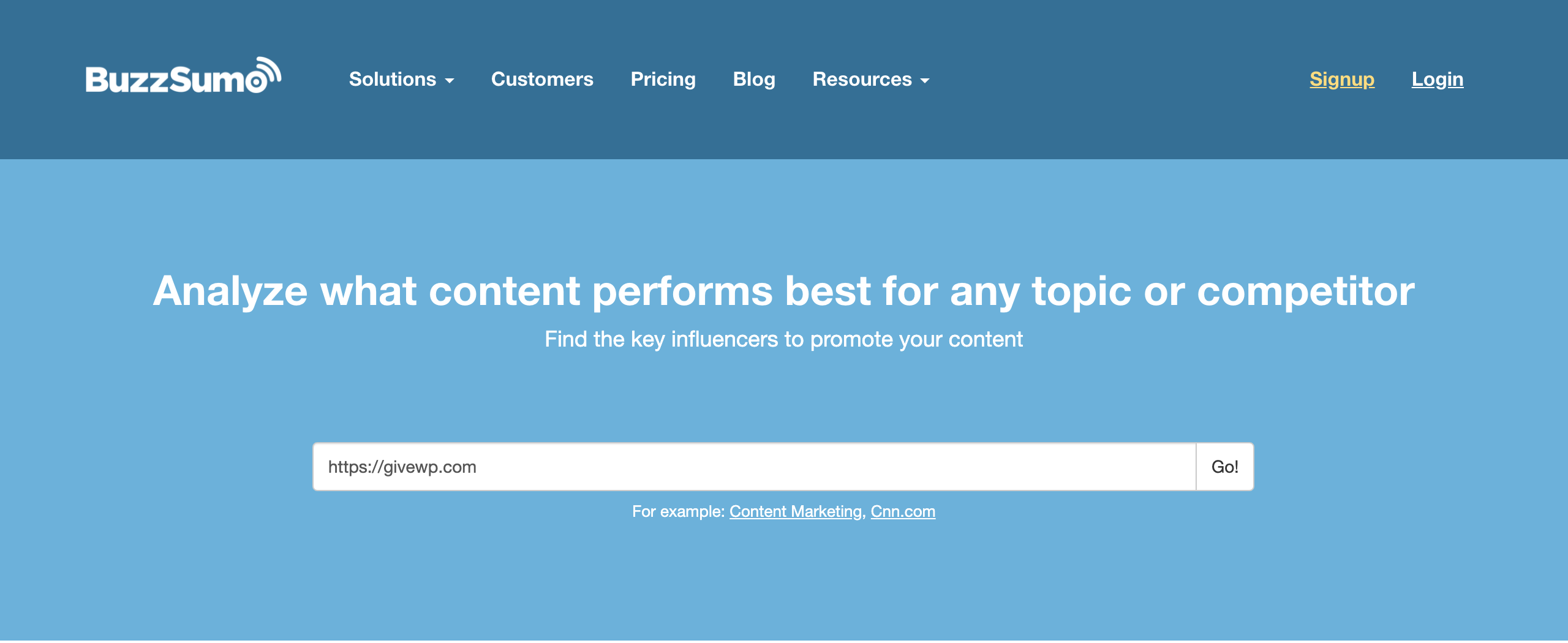Nonprofits rely on support from communities, which requires the ability to maintain relationships with individuals on a large scale. Social media helps to build these relationships, but it’s not easily done for those with a small budget and limited time.
Social media marketing is a large task that involves a variety of moving pieces. It includes media and content creation, scheduling, engagement, analysis, monitoring, and more. Whether working alone or with a team, these free social media tools will help you excel at promoting your nonprofit on social media.
Any social media toolset should include more than just scheduling platforms. Social media managers usually end up becoming accidental project managers, graphic designers, content writers, and more. Don’t worry, there is a free resource for anything you need to manage social media for your nonprofit.
Project Management
Starting with the basics, social media managers are essentially project coordinators. As you fill your calendar with content like fundraisers, volunteer stories and recruitment, and impact stories, you’ll end up with a lot of moving pieces. It can be hard to keep track of it all.
This type of planning requires true project management. You will need graphics, written content, and information from other departments. Even if you are the only one on your team, tracking your tasks with a free project management tool is essential. It will ensure your social media campaigns are effective and that they go out on time. Here are a few tools to try out:
- Trello: Use boards, lists, and cards to keep track of content creation.
- Asana: The free version includes tasks, lists, boards, calendars, assignees, and due dates.
- TeamWeek: This is a Gantt Chart style project task manager with project, team, and individual views.
Bonus: Use If This Then That to automate some of your workflow. For example, you can create an automation to auto-tweet Instagram photos as native photos on Twitter.
Creating
Most likely, your organization does not have the budget for a full-time graphic designer, but social media is a media-heavy endeavor. You need videos, photos, GIFs, and more. Not to mention, you will need to come up with content ideas constantly. That much content requires some assistance, especially if you’re a one-person show.
Use tools like HubSpot’s Blog Topic Generator for ideas of things to post about on social media to supplement your organizational news.

BoardReader is another useful tool to come up with ideas. It can also help you track discussions about your organization. Searching for your cause will come up with results such as Reddit threads mentioning your organization.
Creating graphics and videos helps your social posts reach further and get more engagement. Using captivating images helps even more. If your organization doesn’t have any quality images to use, then use royalty-free stock photos from sites like Freepik, Pexels, or Unsplash. Pexels also has a large collection of high-quality stock videos to choose from. Start with your images and videos to create graphics with your logo, text, and more using free online tools. Listed below are a few of the most used.
- Canva: Find templates and easily design print and web graphics with a drag and drop editor.
- Ripl: Create beautiful 30-second videos for social media from an app on your phone or on a computer.
- VSCO: Edit your own photos and videos easily with an app on your phone.
- Adobe Spark Post: Use the free app to create rich text-based social media graphics.
- GIMP: This full-featured photo editing software is a great, free alternative to Photoshop. If you have the skills but not the budget, this is a solid solution.
Scheduling
Most social media platforms have their own native scheduling tools, but it can become time-consuming to switch between each. Facebook publishing tools and Tweetdeck are great if you’re not scheduling a lot of content across multiple platforms. They’re free and easy to use. But, if you have a lot of content or many accounts across a wide range of social media platforms, you might want to look into other options.
The only truly free tool that allows you to schedule across platforms is Buffer. Buffer is limited, though. If you’re on a free plan, you can only connect three accounts and schedule 10 posts per account at a time. This means you have to schedule posts more often than you would with native scheduling. If $15 per month is in your budget, upgrading to the lowest paid tier of Buffer may be worth it for you.
You can even add Later into the mix to schedule posts on Instagram without Buffer. With the free version of Later, you can add one Instagram profile with the capability to schedule photos to automatically post to your profile. Then, set up IFTTT to auto-tweet out the image you posted as a native photo on Twitter.
Ultimately, how you choose to schedule your posts will come down to which tools you feel comfortable using. Scheduling is important to maintain the consistency of your presence on social media.
Measurement
As you schedule your posts and search for the best hashtags to use, you might wonder, “Who’s talking about what and in what volume?” Or, “How are my posts performing?” That’s where hashtag analyzers, audience demographics, and engagement metrics come into play.
There are native tools provided on each platform to give you general analytics. But others provide deeper insights. Third-party tools enable you to track campaign results, sentiment, profile health, and more.
- Tweet Reach: Measure how far your hashtag campaigns or profile Tweets went in one week (limited in the free version). These analytics are broken down more in-depth than Twitter’s native analytics.
- Audisense: You can create a free Audisense Insights report that will help you understand audiences with certain interests. Enter a keyword to find and understand the Twitter audience you want to reach on a deeper level. This will help you craft your message.
- Cyfe: Combine your social media, website, email marketing analytics all in one central dashboard.
- Likealyzer: Analyze your Facebook profile strength or a competitor’s.
Listening
Another form of measurement is social listening. This is the online version of “keeping your ear to the ground.” It enables you to gather important information that may have an impact on your mission. Social listening tools search through forums, public chat rooms, social media posts, and similar content present discussion of a specific key term. Part of the process is measuring the sentiment surrounding the discussion.
Free social listening tools are hard to come by but especially important for nonprofit organizations. We already mentioned BoardReader, which can help you find discussions surrounding your cause. Tweetdeck also has listening features included that allow you to track hashtags, search terms, and mentions.
Another great listening tool is BuzzSumo. BuzzSumo has a lot of robust features, but their most well-known is the content analyzer.

There are a variety of ways you can measure interaction with your content. The two most popular show information on total shares across social platforms and backlinks. You can also find top influencers that interact with key terms and assess their online authority. Unfortunately, there is a daily limit for the free version, so be strategic with your use.
Don’t Forget About Reviews
Nonprofits gather reviews that they sometimes don’t even know about. Scour the internet for reviews and ratings about your nonprofit if you haven’t already.
If you have, are you sharing them? Collect and share your best reviews on social media. Reviews, whether from donors, volunteers, or those who have benefitted from your cause, promote transparency and trust in your organization.
Small Thanks with Google allows you to easily generate graphics from Google reviews if you collect reviews on Google. Included are social media graphics and print designs. For other platforms, like Facebook, Charity Navigator, or GuideStar, you have to create your own materials. The free design tools like those listed above allow you to create beautiful graphics to show off your best reviews in style.
Think Outside the Box
The number one thing to remember when it comes to social media for nonprofits is to stay up to date with the latest tools and resources available. Technology advances daily. Your cause should, too.


